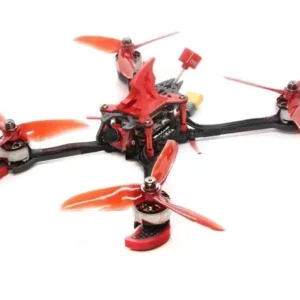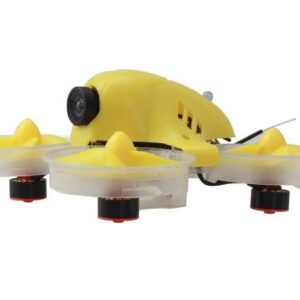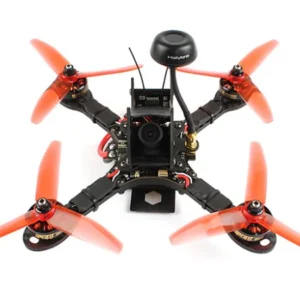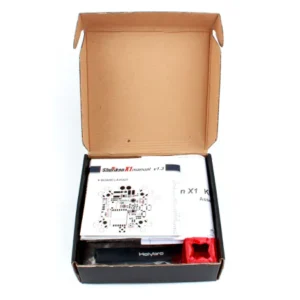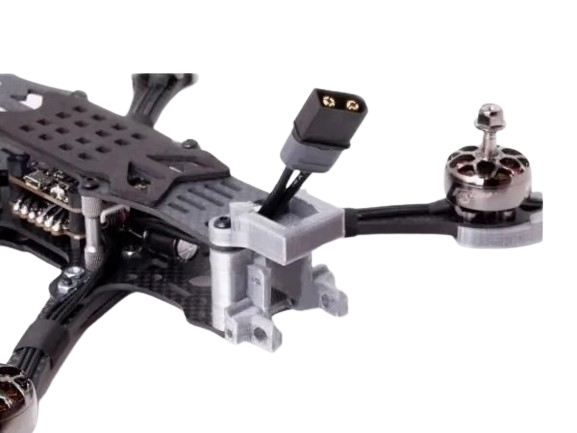
Inside The World Of Professional Drone Racing Leagues
The Birth Of Professional Drone Racing
Professional drone racing was born in the middle of the 2010s, with rapidly refined technological advancements of drones and FPV systems. Soon, realization hit pioneers that there was potential for organized competitions, thereby opening the doors to the establishment of the first professional leagues. The Drone Racing League, created in 2015, is one such example. It sets a high bar with its publicised competitions and advanced drones.
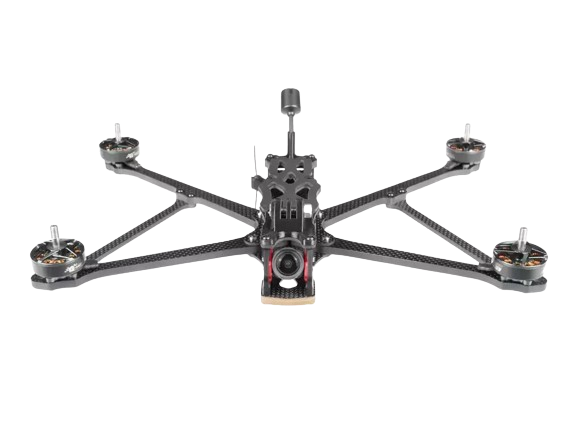

Structure And Organisation
Professional drone racing leagues are highly structured, attaching a lot of importance to standardization and fairness. The events are unabashedly held in complex three-dimensional courses, heavy with obstacles and gates that throw challenges so that the skills and reflexes of the pilots are matched against them. In their turn, the drones themselves that happen to be used in such events usually have the ability to be custom built to ensure that conformance to certain league regulations guarantees an even playing field.
These events range from local qualifiers all the way to international championships and are held by leagues such as DRL and MultiGP. Such events not only set a benchmark in terms of speed and agility for these flying machines but also strategic planning and technological expertise and their skillful sustenance. Pilots must navigate drones through intricate courses at breakneck speeds, often reaching up to 90 miles per hour.
The Technology Behind The Sport
At the very core of professional drone racing lies modern technology. The best drones for racing embed high-powered brushless motors, large LiPo capacity batteries, and sophisticated Flight Controllers. FPV cameras and transmitters enable the pilots with first-person views from the drone in real-time to give an immersive experience.
Further, innovations in AI and machine learning have already started making a dent in the sport. They improve performance, radio-optimize flight paths, and achieve an overall improvement in the racing strategy. The continuous development of drone technology seen assures that the sport does not get left behind with innovation.


Training And Skills
This, however, is much more than just a passion for flying to be in this career. That means pilots get rigorous training to improve their skills. Most of them train using flight simulators like the DRL Simulator, which allows them to get a realistic simulation of the event. These simulators provide real flying physics and enable pilots to train without damaging their drones.
Successful drone racers must possess technical skills, sharp reflexes, spatial awareness, and a keen sense of decision-making at fractions of a second. It is what makes drone racing special and such an extreme sport—coupling physical dexterity and mental acuity.
The Spectator Experience
Another reason professional drone racing has become so popular is that it has turned into a true spectator sport. Races air on major networks like ESPN and Sky Sports, along with live streams on various online platforms. High-definition cameras and FPV footage give a viewer a special perspective, much like what would have been if one could sit in a pilot’s seat.
AR and VR are also making the viewer’s experience much better. It allows fans to participate in the race in new ways, through drone stats and replays from many angles. The immersive nature of drone racing makes this sport very exciting and engaging to watch.


The Future Of Drone Racing Pro
Advancements in technology make a strong base for business opportunities in professional drone racing, with growing interest from around the world, developed AI, and machine learning. Further integration of AI and machine learning tends to have better drones and innovative gameplay strategies. Further growing sponsorship and media coverage take the sport to another level.
These new technologies, like 5G, can improve safe and advanced real-time data transmission and connectivity between cars, improving the race experience for drivers and spectators alike. There is a fair likelihood of another overseas expansion and opening of new leagues, which might push the limit even further in terms of potential increase in this sport.
Conclusion
The professional drone racing leagues top off one of the most electrifying sports ever created from advanced technology combined with skilled piloting and riveting competition. In its continuing evolution, this sport is most surely going to bring up the bar on what can be done with drone technology. Whether new to the world of drone racing or a seasoned fan, there is much to be excited about: the leagues’ promise of innovation.
Explore Further
Unlock a wealth of additional information and opportunities. Click here to delve deeper,discover new perspectives, and enhance your experience with more relevant and engaging content.

